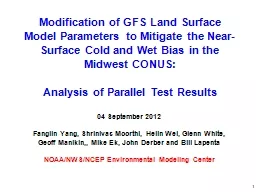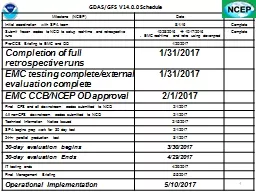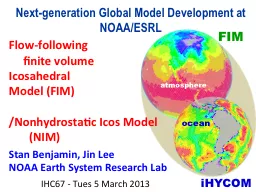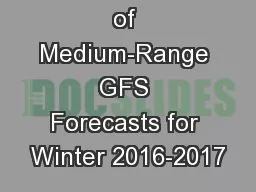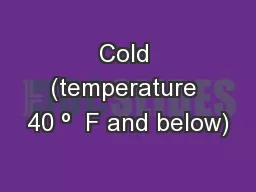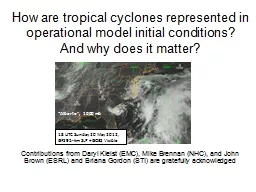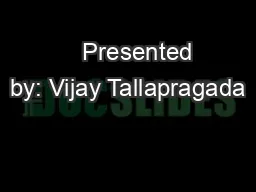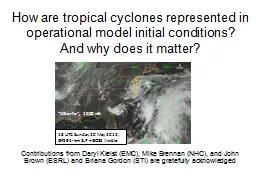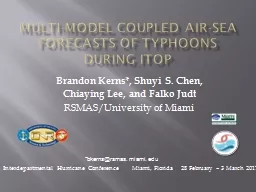PPT-Modification of GFS Land Surface Model Parameters to Mitigate the Near-Surface Cold and
Author : trish-goza | Published Date : 2018-10-01
Analysis of Parallel Test Results 1 04 September 2012 Fanglin Yang Shrinivas Moorthi Helin Wei Glenn White Geoff Manikin Mike Ek John Derber and Bill Lapenta
Presentation Embed Code
Download Presentation
Download Presentation The PPT/PDF document "Modification of GFS Land Surface Model P..." is the property of its rightful owner. Permission is granted to download and print the materials on this website for personal, non-commercial use only, and to display it on your personal computer provided you do not modify the materials and that you retain all copyright notices contained in the materials. By downloading content from our website, you accept the terms of this agreement.
Modification of GFS Land Surface Model Parameters to Mitigate the Near-Surface Cold and: Transcript
Download Rules Of Document
"Modification of GFS Land Surface Model Parameters to Mitigate the Near-Surface Cold and"The content belongs to its owner. You may download and print it for personal use, without modification, and keep all copyright notices. By downloading, you agree to these terms.
Related Documents

